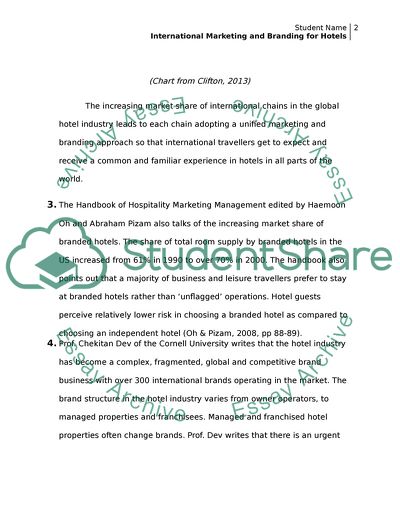Cite this document
(“International Marketing and Branding for Hotels Literature review”, n.d.)
International Marketing and Branding for Hotels Literature review. Retrieved from https://studentshare.org/marketing/1700537-international-marketing-and-branding-for-hotels
International Marketing and Branding for Hotels Literature review. Retrieved from https://studentshare.org/marketing/1700537-international-marketing-and-branding-for-hotels
(International Marketing and Branding for Hotels Literature Review)
International Marketing and Branding for Hotels Literature Review. https://studentshare.org/marketing/1700537-international-marketing-and-branding-for-hotels.
International Marketing and Branding for Hotels Literature Review. https://studentshare.org/marketing/1700537-international-marketing-and-branding-for-hotels.
“International Marketing and Branding for Hotels Literature Review”, n.d. https://studentshare.org/marketing/1700537-international-marketing-and-branding-for-hotels.


